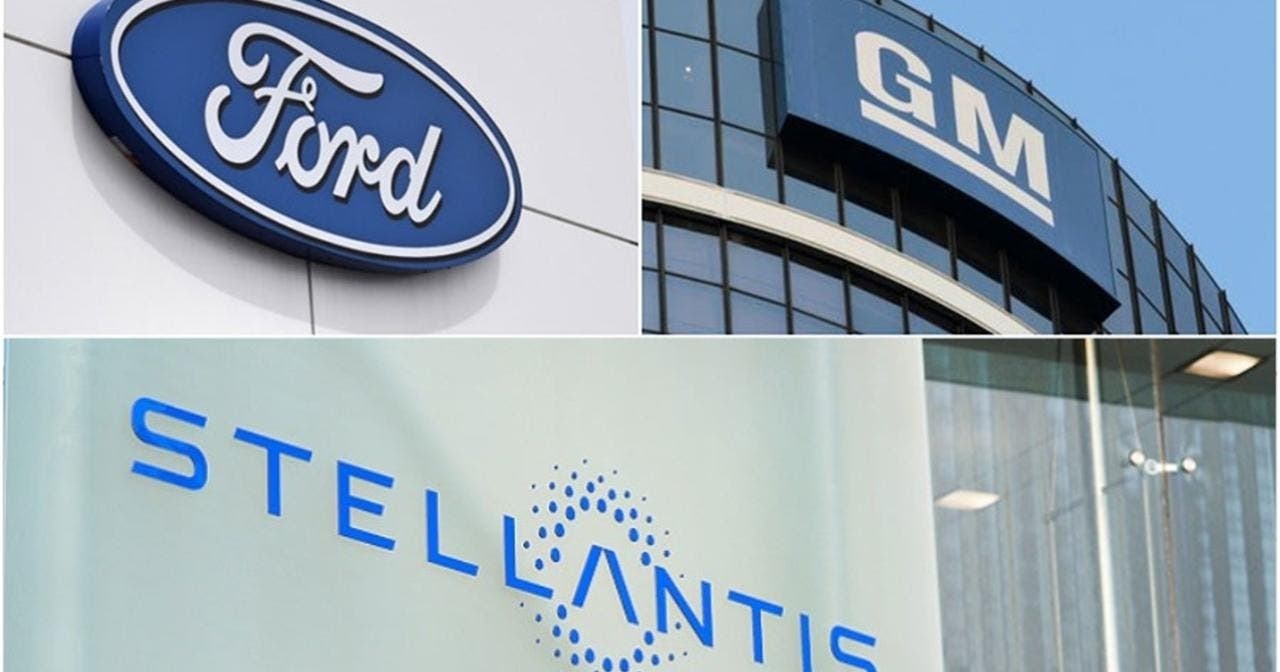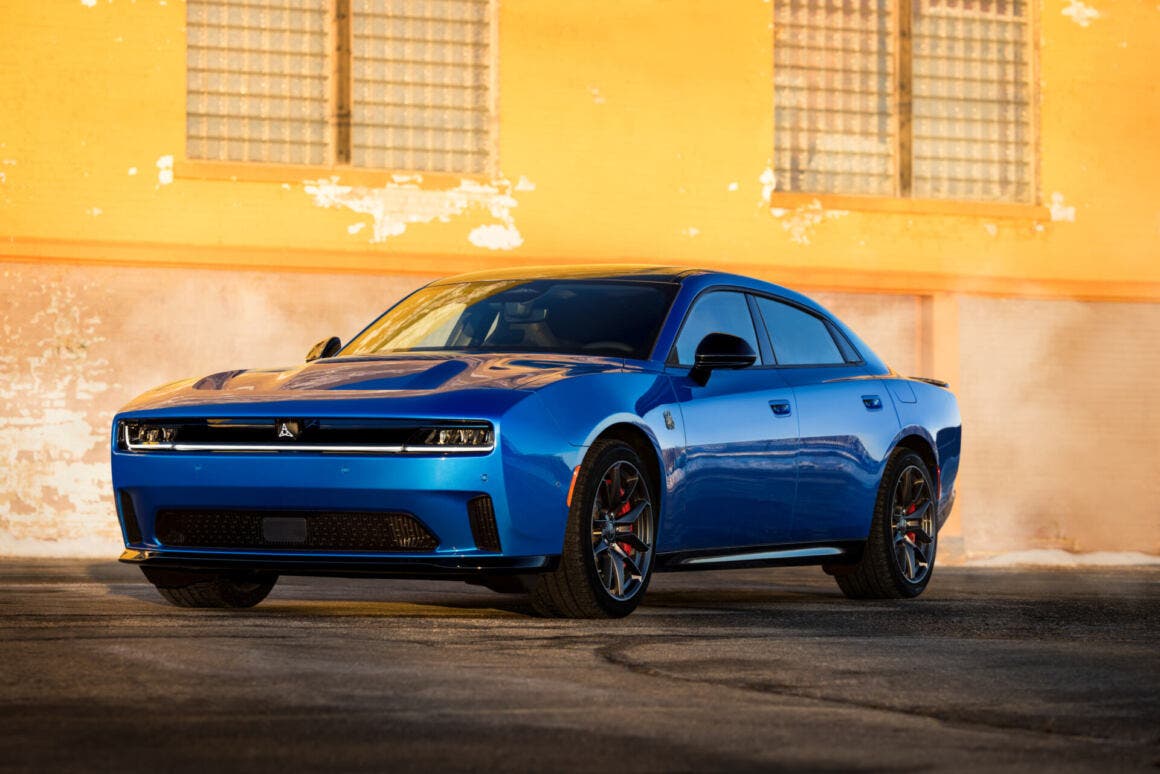The year 2025 begins with a major shake-up for the American auto industry, fueled by the policy changes introduced by Donald Trump. The cancellation of federal tax credits for electric vehicles and the end of CAFE fuel economy penalty standards completely rewrite the rules of the market. The biggest winners are automakers focused on internal combustion vehicles like Stellantis, Ford, and General Motors, now able to sell pickups and SUVs without the fear of costly fines.
Ford, GM and Stellantis have paid billions to Tesla and Rivian, but Trump is changing the game

For years, giants like Ford, GM, and Stellantis poured billions of dollars into Tesla and Rivian, buying their regulatory credits to avoid penalties. Bloomberg estimates that GM alone has spent around $3.5 billion since 2022. Now, under the new political scenario, that flow of money is coming to an end, and traditional automakers will be able to reinvest directly in their own projects.
The impact is being felt by Tesla, Rivian, and other EV specialists, not because demand is falling, but because they risk losing one of their most lucrative revenue streams: the sale of credits. This change threatens the financial sustainability of many players and calls their business models into question.
Ford CEO Jim Farley called the shift “a multibillion-dollar opportunity,” explaining that the Blue Oval has already retooled its Oakville, Canada plant to produce gasoline-powered Super Duty trucks, shelving its EV plans. GM is following the same path, slowing EV investments in favor of traditional models. Stellantis has even brought back production of the Hemi V8 engine, a symbol of an era thought to be long gone.
All this, however, represents a complete reversal of environmental logic. Without incentives, buying an EV becomes less appealing, while automakers who relied on credit sales must reinvent themselves. For smaller players, the risk of exiting the market is real. Even giants like Tesla and Rivian face a sharp decline in revenue. Meanwhile, the EPA, tasked with cutting emissions, is accused of indirectly encouraging a return to less efficient, more polluting vehicles.
If this shift represents a step backward for the environment, for Stellantis and its historic rivals it is undoubtedly positive news, allowing them to double down on traditional SUVs and pickups that remain in high demand.

